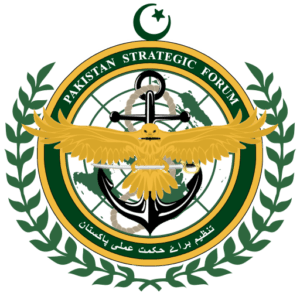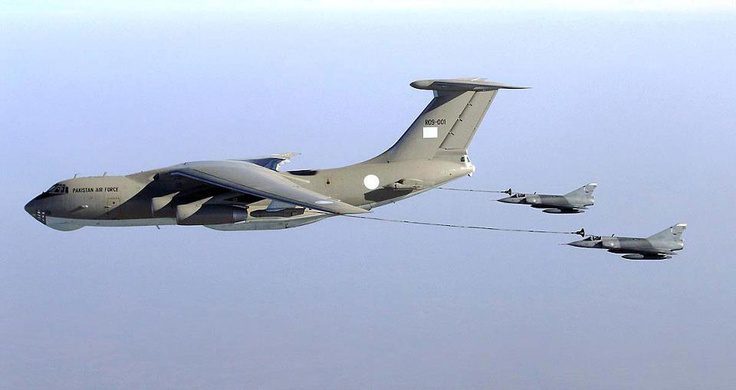Force multipliers are assets and capabilities that are outside the conventional force but support them in essential roles to give them an advantage in their mission. Force multipliers in essence give the air force the ability to use platforms or a combination of platforms to achieve a greater probability of mission success than without them. The Pakistan Air Force adopted a strategy of adding force multiplier platforms into its order of battle starting in the early 90s, in order to present a clear advantage in decisive mission profiles to our military planners. The force multipliers give the PAF a boost in conventional capabilities across various domains, including electronic warfare and electronic countermeasures, airborne early warning, battlefield management, suppression of enemy air defense and the ability to strike with precision at any time with minimal cost to own forces. PAF’s AWACS are the most important and widely-used force multipliers and are basically radars, sensors and communications equipment, integrated and mounted on a single airborne platform. The advantages of elevating the system are increased range with no terrain masking and reduced vulnerability by virtue of being airborne. Mobility of the platform facilitates deployment to distant locations and the position changes dictated by changes in tactical situations. Area air defense, which is critical in this era of long-range standoff range warfare, can only be really effective with AWACS. Force multiplication is used in military strategy to achieve better experience, morale, tactics, deception and intelligence. In the Pakistan Air Force, the primary force multipliers are our airborne early warning and control aircraft, which are the ZDK-03 Karakorum Eagle and the Saab Erieye 2000, as well as the DA-20 Falcon electronic warfare aircraft. These assets are essential in modern air warfare combat, which we saw during the aftermath of operation swift retort, when EW and OECM DA-20 falcons jammed IAF communications and AEWACS directed fighters to the proper vectors for engagement. Without these assets, an aerial force is blind and deaf in the modern battlefield, much like the Indians were on that day. Another force multiplier that is often overlooked is the Link-17 or Link Green, a secure and reliable data-link which allows information of all kinds to be shared amongst PAF assets. An example would be that all PAF fighters would be able to see the trajectory and information from standoff weapons launched by strike assets during operation swift retort, as well as share targeting and location of hostile aircraft with each other and between the airborne early warning and fighter sweeps. This allows a better coordinated and integrated strike formation. In the future, the PAF would need to upgrade its force multipliers. According to our sources, the PAF intends to procure standoff jamming and OECM platforms from Turkey, also known as the Havasoj project. The PAF also plans to upgrade the Karakoram Eagle fleet and may also go for the Chinese KJ-500 for future requirements. Another force multiplier is the Pakistan Air Force’s Il-78MP refueling aircraft, which acts not only as a range extender, but allows fighters to stay on combat duty longer in the air with less weight allotted to heavy fuel tanks and more to weapons. Other force multipliers in the PAF include a wide range of precision guided weapons which provide larger release envelopes and longer ranges, keeping aircraft out of range from enemy SAMs while still completing strike missions. Other force multipliers include all-weather and night-capable operations capability. The newest and arguably the most important force multiplier are reconnaissance and armed drones, able to achieve a very high rate of kill with a relatively cheap platform and no risk of pilot loss. PAF’s drones include the WL-II, the TB-2, the Shahpar 2, Burraq and the WL-1. All of these are capable of staying in the air much, much longer than fighters and striking targets with precision and not only operate in a dense electronic warfare and SAM-protected environment, but hit enemy air defense directly with increased chances of survivability. All of these platforms serve the primary fighting force which are piloted combat aircraft to help them achieve the objectives in a faster, safer and more reliable way.
#WhiskeyPapa
#TeamPakistanStrategicForum







